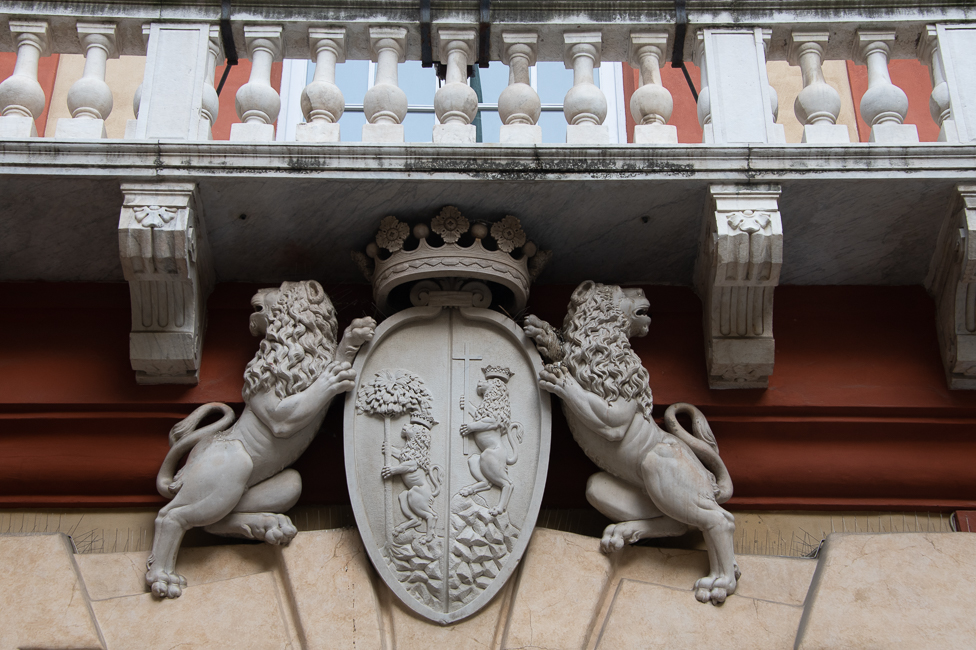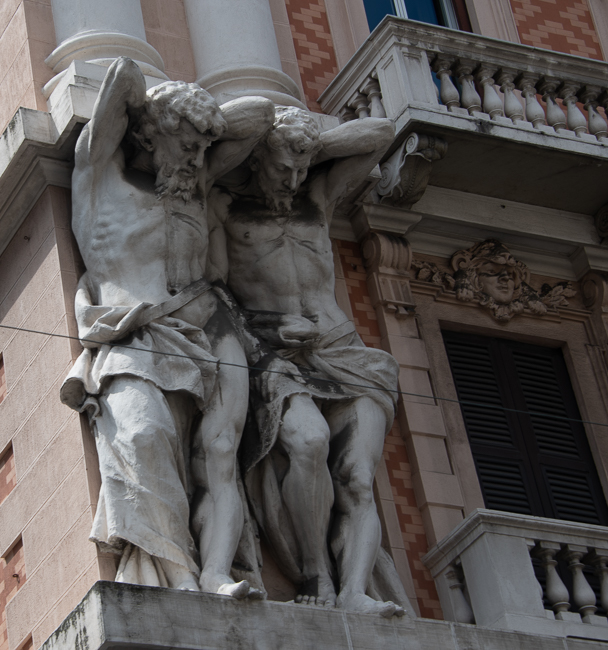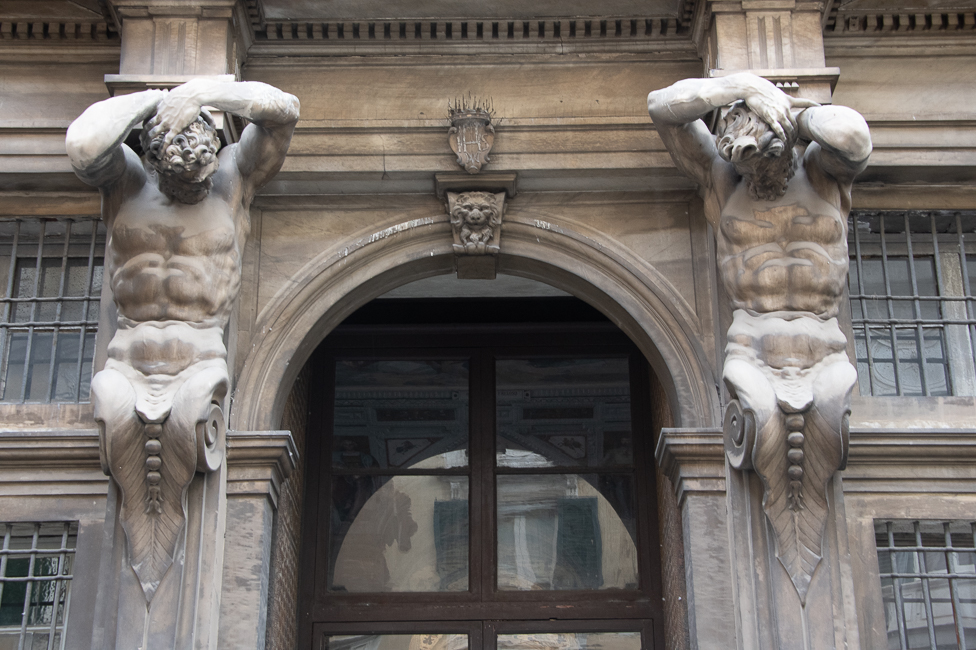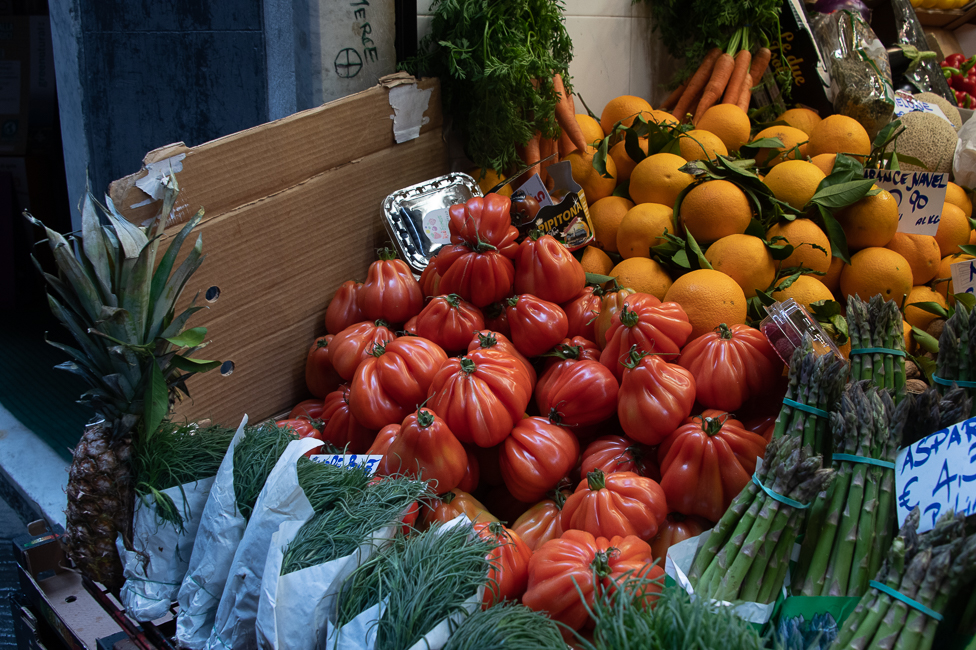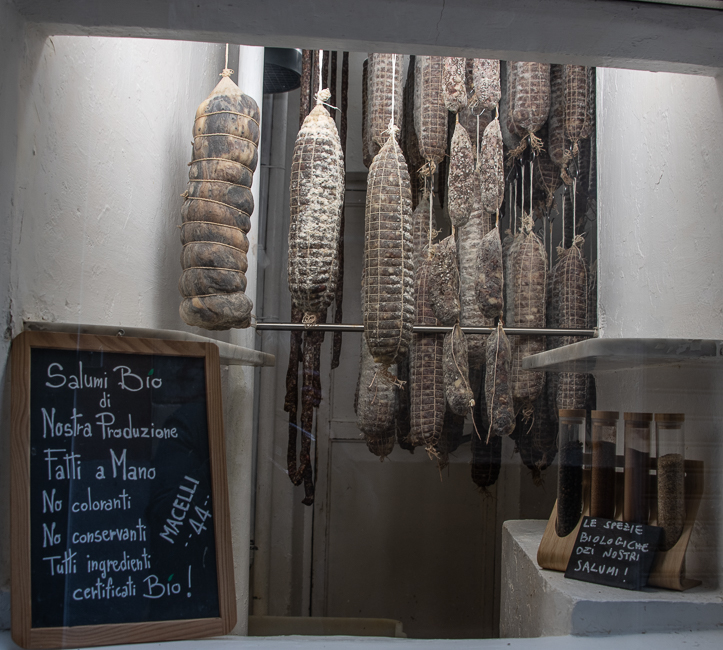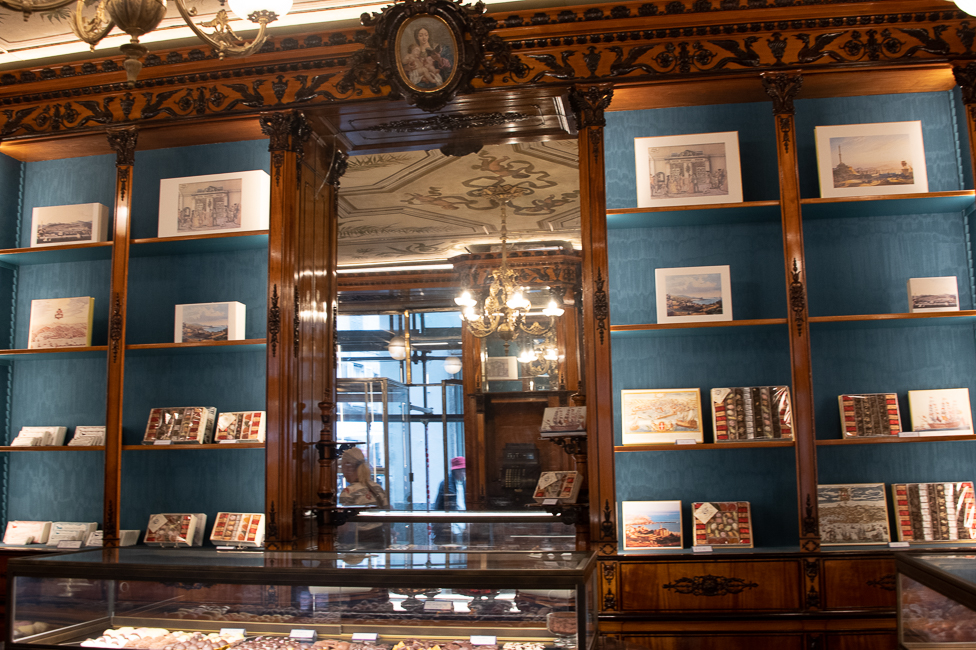May 2022
In all my many travels around Italy, I had never been to Genova. I wish I had more time to discover its secrets. I am on a whirlwind trip, not of my planning. I always say, one must return, I look forward to peeking behind the curtain some day in the future.
There are several lovely squares surrounded by stunning buildings, but much of the city is a meandering mass of narrow streets where you can easily get lost. How did people do it before phones and GPS?
The above is St. Lawrence Cathedral. No photos are allowed, but I paid 5 euros to climb to the roof, so was able to sneak in this picture on a floor where no one was watching.
The building was originally consecrated in 1118, and then renovated around 1230. There is so much more to say about the history of this church, but suffice it to say it grew and grew and grew because the wealthy families of the 16th and 17th centuries were trying to outdo each other with their gifts and expansions.
I was truly in awe of the black and white marble, the floors and the ornamentation of the apse.
Above is the Ducal Palace. It sits on Piazza De Ferrari the main square of Genova. This is considered the heart of the city with its recently restored fountain as its centerpiece. The three buildings that surround the fountain and dominate the Piazza are the Ducal Palace, The Stock Exchange and the Palace of the Italian Navigation Society
The Arco della Vittoria is a memorial arch in Piazza della Vittoria and is dedicated to the Genovese who died during World War I.
Traipsing down the street I came upon this unique structure. It is the Troughs of Santa Brigida, one of the few wash houses that survived the invention of the washing machine.
Constructed with funds from the Balbi family it dates to 1656. Built when the plague was rampant in the city, the troughs were to provide the people of the area with clean and abundant water which came from the Rio di Santa Brigida which, at the time, flowed nearby.
Some of interesting things I found in my wanderings:
The Strade Nuove
Le Strade Nuove and the series of Royal Palaces along its streets are a UNESCO World Heritage Site.
The Strade Nuove (“New Streets”) are a group of streets built by the Genoese aristocracy at the height of the city’s financial and seafaring power. Much of the area now houses the University of Genova. It is near impossible to take pictures of the large buildings from the narrow streets, so here are a few of the more interesting ornament pieces on the buildings.
I have a thing for Atlas figures, here a couple from around town.
The ubiquitous corner stores.
I look forward to returning to Genova someday and finding out more about its history, architecture and food. It is after all the home of Pesto and Blue Jeans.
Genoa’s jean fabric was a fustian textile of “medium quality and of reasonable cost”. It was “used for work clothes in general”. The Genoese navy equipped its sailors with jeans, as they needed a fabric which could be worn wet or dry. As a San Franciscan I must add that the jeans fabric arrived in America and was made popular by Levi Strauss in 1858 in the city of San Francisco.
Pesto Genovese traditionally consisted of basil, garlic, pine nuts, olive oil, and cheeses such as Parmigiano Reggiano or Pecorino. The name stems from the word pestare, meaning to pound or crush, as originally it was made in a mortar and pestle. It is said that pesto originated from the ancient Romans who ate a paste called moretum, made by crushing together ingredients such as cheese, herbs, and garlic.
This is a candy store of all candy stores. I read a small paragraph on a website and decided to go find it. It was not there, but a woman who saw I was looking around stopped me, knew exactly what I was looking for and showed me how they had restored a building just down the street and yes, yes, yes I must go there.
Founded in 1780 the store uses ancient recipes historic to Genova. The family is now in its 7th generation . I purchased some candied fruit where they use an ancient recipe to preserve the whole fruit, its flavor and its color. But they have fondants, chocolate and stunning, stunning desserts.
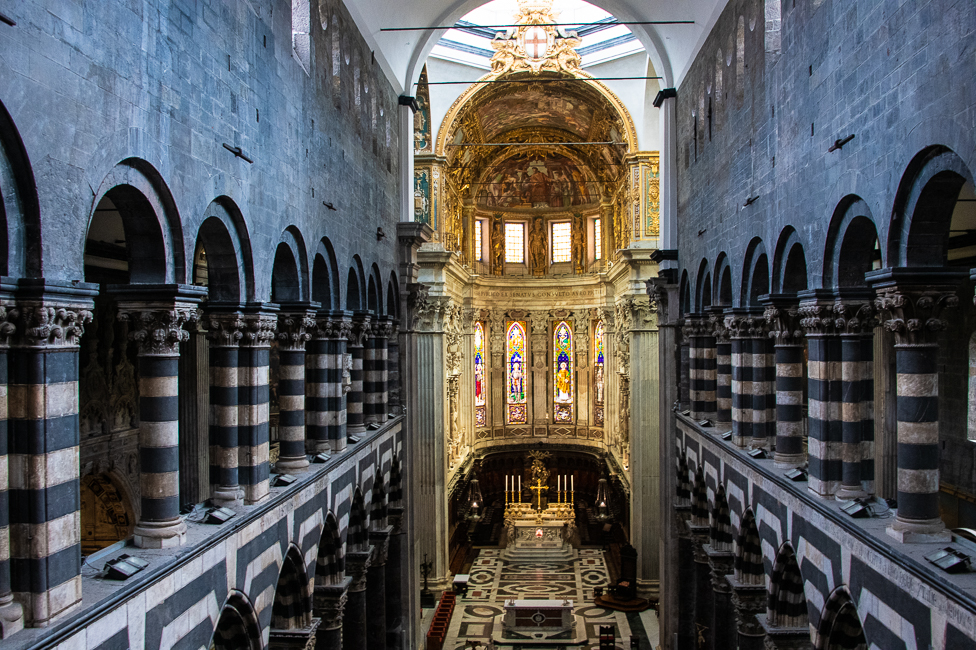
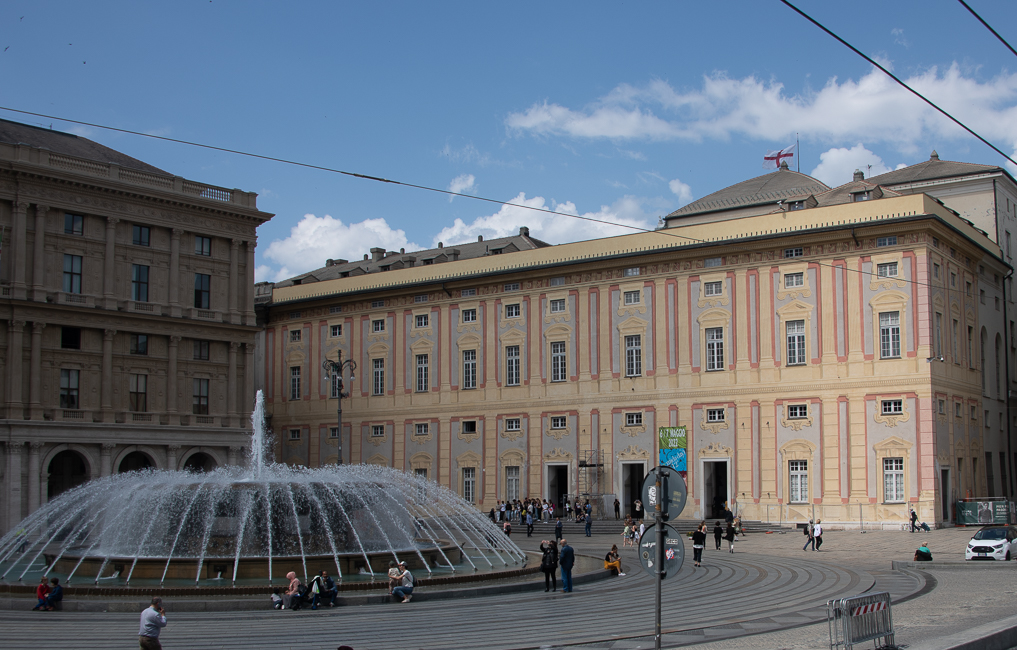
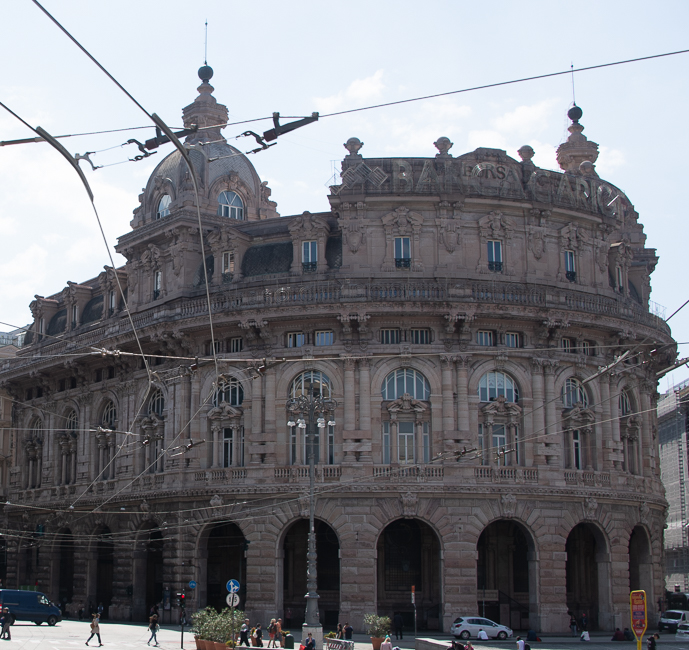
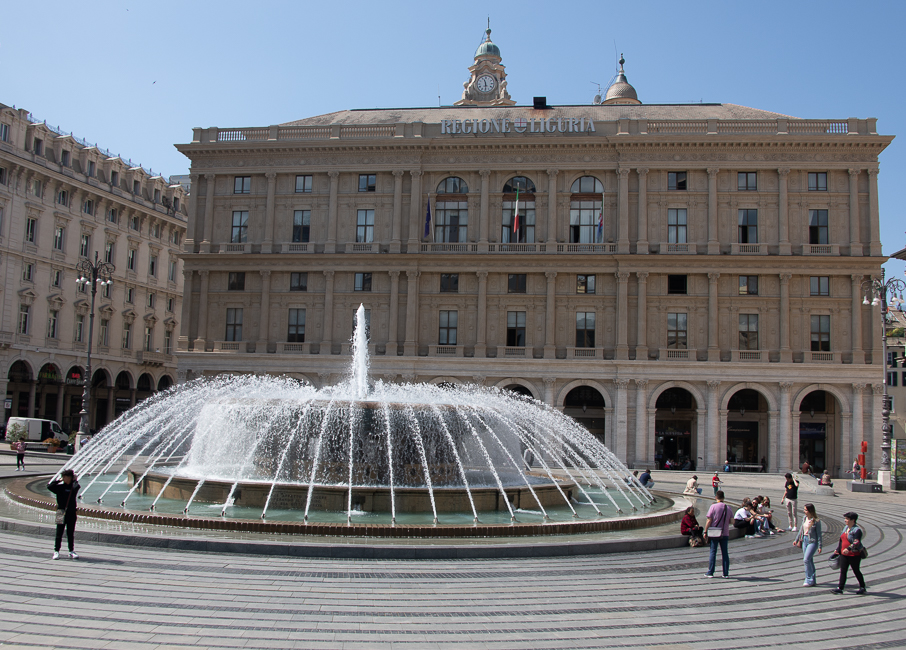
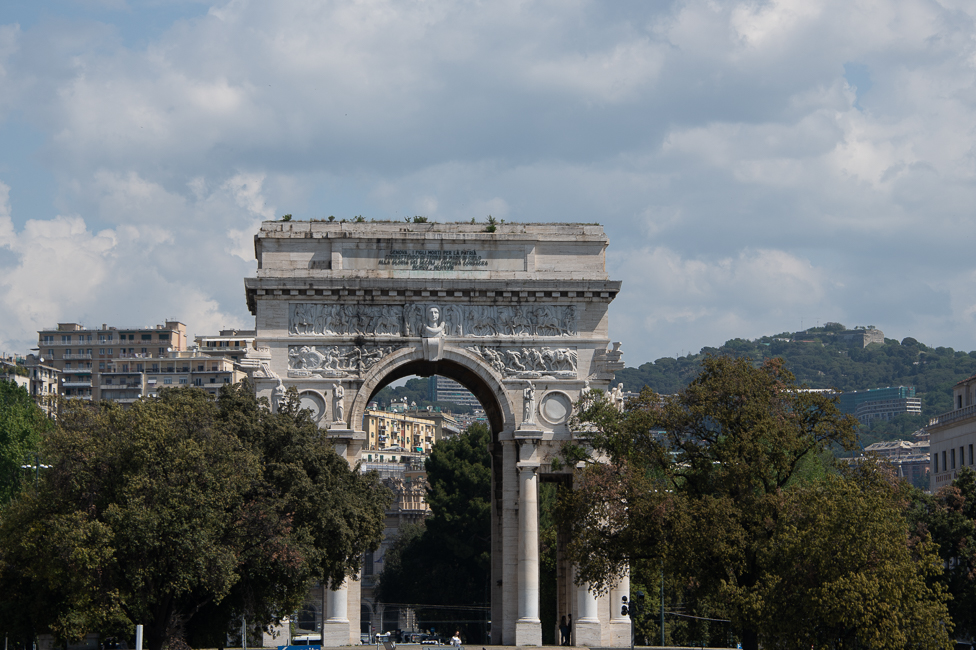

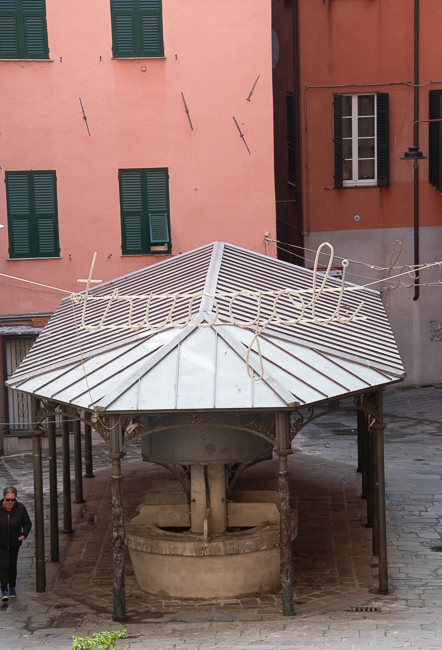
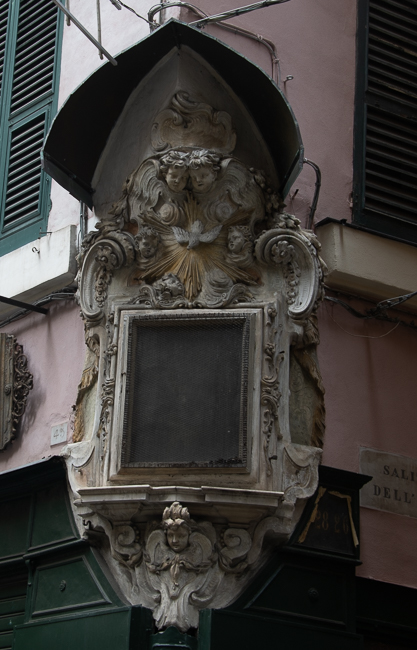

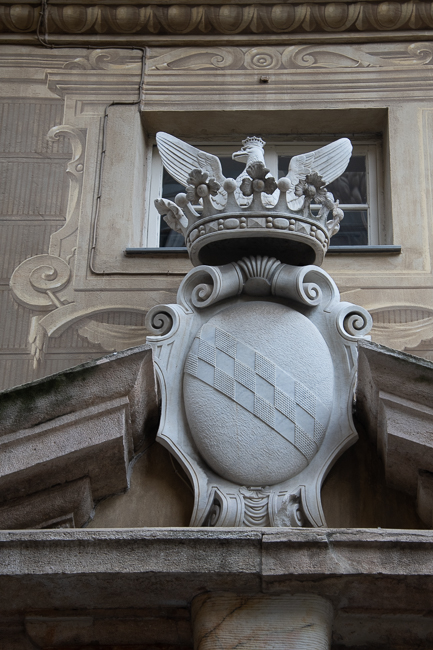 *
*